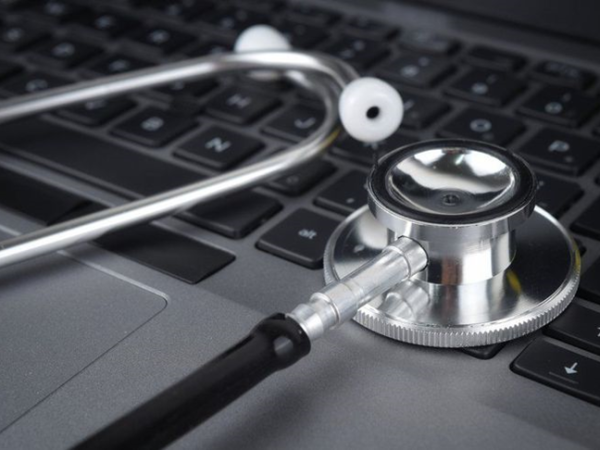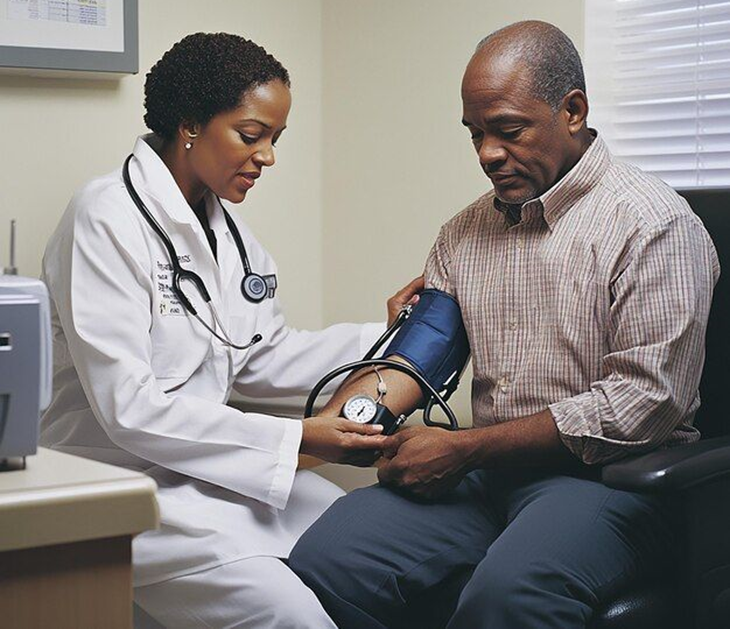03
Jan

Behind every caring nurse is an armoury of important tools and supplies that help them carry out their crucial duties with precision, care, and speed. Nursing requires a balance between technical skill and compassion; for this, the right equipment can make all the difference in delivering quality patient care. Whether it is monitoring vital signs, wound care, or even comfort care, nurses have the tools to get the job done and right.

A sphygmomanometer may sound like a mouthful, but it has to be one of the most indispensable devices in a nurse’s kit. Commonly referred to as a blood pressure monitor, this device measures blood pressure, a critical indicator for the health of a patient. Having an accurate and dependable aneroid sphygmo on hand enables nurses to quickly assess vital information that may suggest treatment decisions or immediate intervention.
The sphygmomanometer basically consists of three important elements: the cuff, the inflation mechanism, and the gauge. The cuff usually consists of some tough but flexible material that wraps up easily around the patient’s upper arm. Many sphygmos have different sizes of cuffs so that they can accommodate adults and children and get accurate pressure measurements.
The bladder inside it inflates to constrict the flow of blood in the artery for an accurate reading. It consists of the inflation mechanism, which usually contains either a hand-operated bulb or an automatic pump; the bladder that will be filled with air; and finally, the gauge showing the blood pressure in millimetres of mercury (mmHg), further characterized by two important numbers: systolic and diastolic pressure.
There are multiple styles of modern sphygmomanometers available today, each suited to a particular healthcare environment. Manual models, when combined with a stethoscope for auscultation, remain a favourite among a great number of nurses for their reliability and precision. These are very effective in areas where electricity or batteries cannot always be assured. Digital models have also gained a wider acceptance due to the ease with which they provide immediate readings. They’re especially handy during fast-paced shifts, where quick readings can save precious time.
Owning a personal sphygmomanometer is incredibly valuable to nurses, especially those who work in various settings or with a range of patients. For on-the-move nurses, it is nice to have lightweight and portable models. Meanwhile, other nurses in special clinics or wards would like larger units.
The stethoscope is arguably the most iconic symbol of the nursing profession, and for good reason. This versatile tool lets nurses listen to a patient’s heart, lungs, and other internal sounds for very valuable insight into the health of the patient.
High-quality stethoscopes provide clarity and accuracy, thus making it easier to detect abnormalities like irregular heartbeats or lung congestion. When choosing a stethoscope, durability, comfort, and acoustics are important factors. For many nurses, lightweight models with soft ear tips reduce discomfort during long shifts.
A pair of medical-grade scissors, sometimes also called bandage scissors or trauma shears, is an indispensable item in every nurse’s toolkit. These are designed to cut through many different materials: dressings, bandages, and even the tougher fabrics such as clothing. The blunt tips ensure patient safety against any form of accidental nicks or injuries while at work.

A watch might seem like a simple accessory, but for nurses, it’s a lifesaver. Time is of the essence in nursing: taking a patient’s pulse, timing a medication, or recording observations. While smartwatches are becoming more popular, traditional analogue watches still hold their ground due to their simplicity and reliability. For nurses, they often like models with easy-to-clean straps and luminous dials for use in dark settings. A good watch helps ensure accuracy and efficiency; thus, it is indispensable for every shift.
For nurses, long hours on their feet are part of the job, and compression socks can make all the difference in comfort and health. These specialized socks are designed to improve circulation, reduce swelling, and prevent conditions like varicose veins or deep vein thrombosis.
These socks offer different styles and pressure levels; thus, nurses can choose what makes them comfortable. They help in easing discomfort from the long working hours and very lengthy standing. They may also add a little funky style with patterns and bright colours to your typical attire.
When you’re on your feet all day, the importance of comfortable, supportive footwear cannot be overstated. Nursing shoes need to provide excellent arch support, cushioning, and slip resistance to ensure both comfort and safety. Brands that specialise in healthcare footwear offer a variety of options, from clogs to athletic-style shoes, tailored to the unique demands of the profession.
Nursing is a very demanding yet skilful profession, and proper equipment makes all the difference in maneuvering through each shift’s challenges. From the accuracy of the aneroid sphygmo to the functionality of medical-grade scissors and the comfort of supportive shoes, every little item plays a vital role in enhancing a nurse’s ability to care for others with excellence.